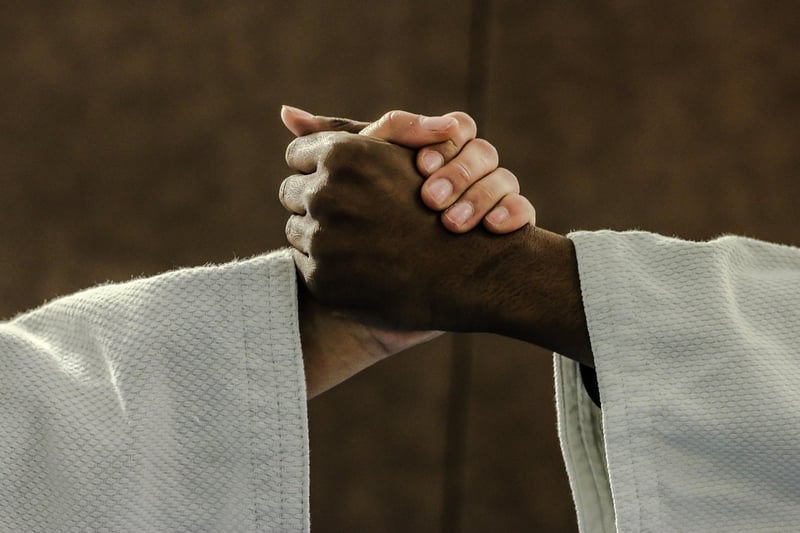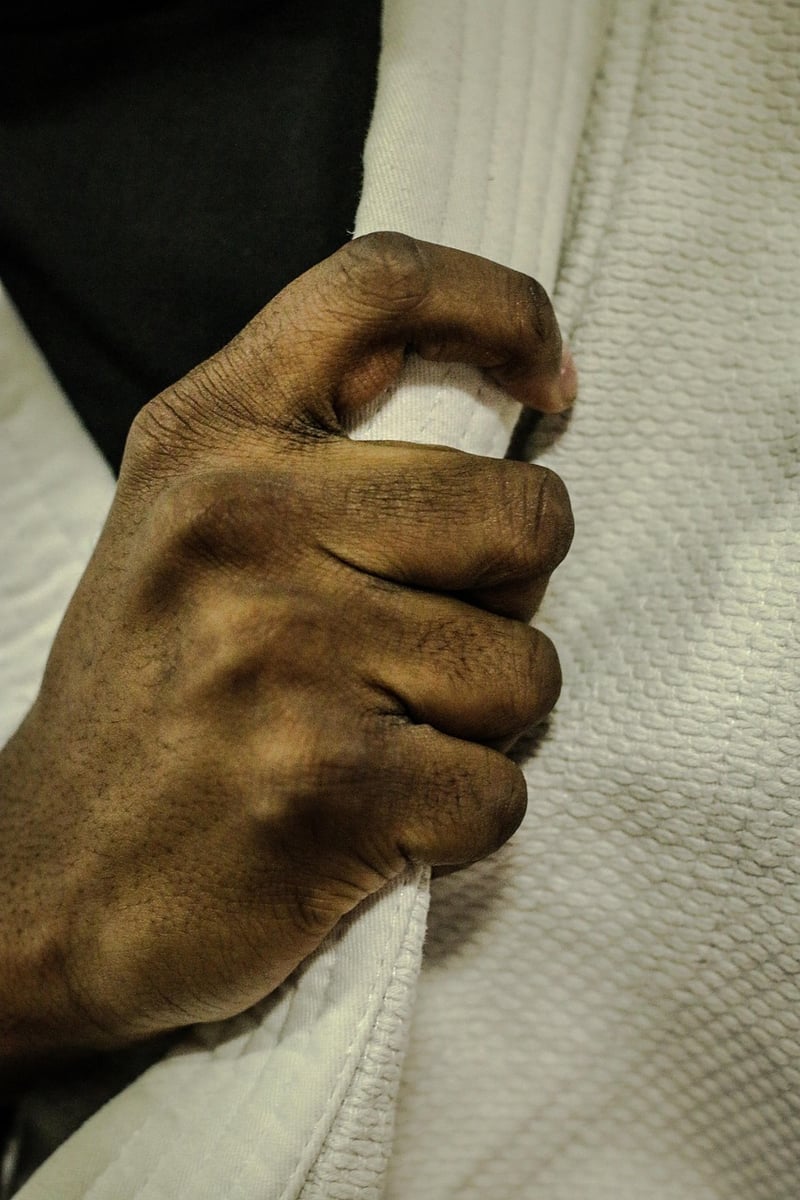Judo
Discipline and Self-Defense Techniques with Judo
Learning self-defense techniques not only equips you with the skills to protect yourself but also instills discipline and boosts confidence. Judo, a martial art that focuses on throws and grappling, is an excellent way to achieve both self-defense proficiency and personal growth through discipline.
The Importance of Discipline in Self-Defense
Discipline is the foundation of any martial art, including Judo. It teaches practitioners to respect their opponents, instructors, and the art itself. By instilling discipline, individuals learn to control their actions and reactions in various situations, a crucial aspect of self-defense.
Self-Defense Techniques in Judo
Judo offers a wide array of self-defense techniques that focus on leveraging an opponent's force and using it against them. Through throws, pins, joint locks, and submissions, practitioners can neutralize threats effectively without causing unnecessary harm.
Key Self-Defense Techniques in Judo:
- Osoto-gari (Major Outer Reap)
- Seoi-nage (Shoulder Throw)
- Juji-gatame (Cross Armlock)
- Kesa-gatame (Scarf Hold)
Benefits of Practicing Judo for Self-Defense
Aside from learning practical self-defense techniques, practicing Judo offers numerous benefits:
- Improved physical fitness and flexibility
- Enhanced coordination and balance
- Increased mental focus and concentration
- Boosted self-confidence and self-esteem
Get Started with Judo for Self-Defense
If you're interested in learning Judo for self-defense and personal development, look for a reputable dojo or martial arts center in your area. Joining a Judo class will not only teach you valuable self-defense techniques but also help you cultivate discipline and resilience.
Remember, self-defense is not just about physical techniques but also about mental preparedness and the ability to stay calm under pressure. Judo can provide you with the tools to protect yourself while fostering personal growth and discipline.

